Wersja 1.13: Zestawy stylizacyjne “Triarius”, “Hastatus” i “Veles”, cz. 2
Jeszcze więcej zdjęć nowych zestawów stylizacyjnych. Style traktowane jako niehistoryczne elementy wyglądu zewnętrznego, wycenione na 1.250 szt. złota.
Dostępne dla pojazdów każdej narodowości i poziomu.
Triarius
Wikipedia
— An all-season style inspired by the Ancient Roman legionnaire armor.
Triarii were elite warriors in the Ancient Roman army that were usually positioned in the third battle line. They were the most experienced and well-armed soldiers, and were used as a decisive force in battle. Hence, an old Roman saying \”it comes down to the triarii\” meant carrying on to the bitter end. In battle, they used a phalanx formation that would stop the enemy and allow the first battle lines to regroup. Triarii were armed with spears and large shields. Their equipment also included a gladius, a helmet, metal mail armor and greaves.
To extend the lifespan of the armor, Roman armorers used a process called bluing. When iron was heated, a layer of oxide was created on the surface that would turn it blue, gray, or purple.
Kliknij na zdjęcia, by je powiększyć.
————————————————————-
Hastatus
Wikipedia
— An all-season style inspired by the Ancient Roman legionnaire armor.
Hastati were heavy infantry warriors in the Ancient Roman army. Before the battle started, they worked together with velites and threw javelins at the enemy, then proceeded into melee combat. Hastati fought with a short stabbing sword, the gladius. Their armor consisted of a helmet, a square chestplate, greaves and sometimes chainmail. They also used a big oval shield called a scutum.
To extend the lifespan of the armor, Roman armorers used a process called bluing. When iron was heated, a layer of oxide was created on the surface that would turn it blue, gray, or purple.
Kliknij na zdjęcia, by je powiększyć.
————————————————————-
Veles
Wikipedia
— An all-season style inspired by the Ancient Roman legionnaire armor.
In the Ancient Roman army, velites were light infantry and were considered the most mobile. They were positioned in the first battle line, threw darts at the enemy, and retreated behind the lines. Velites were armed with short swords and used helmets and light round shields for protection.
To extend the lifespan of the armor, Roman armorers used a process called bluing. When iron was heated, a layer of oxide was created on the surface that would turn it blue, gray, or purple.
Kliknij na zdjęcia, by je powiększyć.
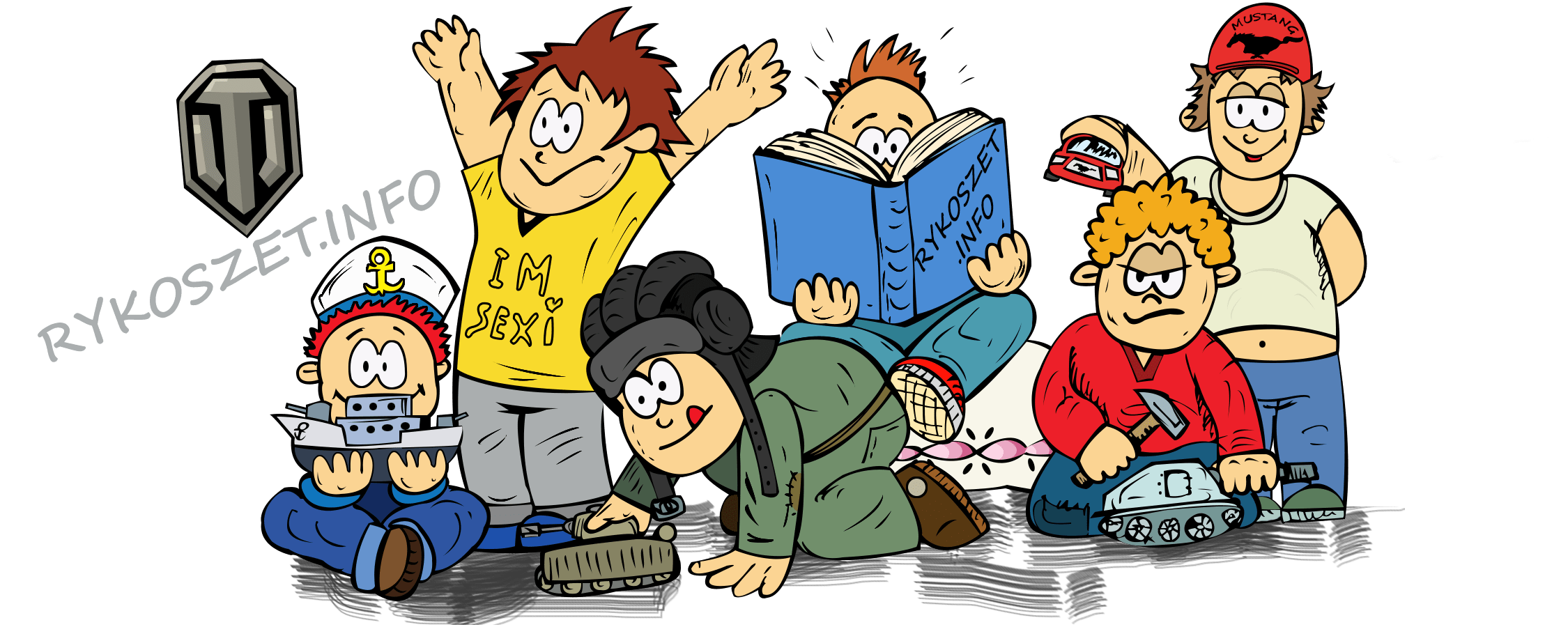
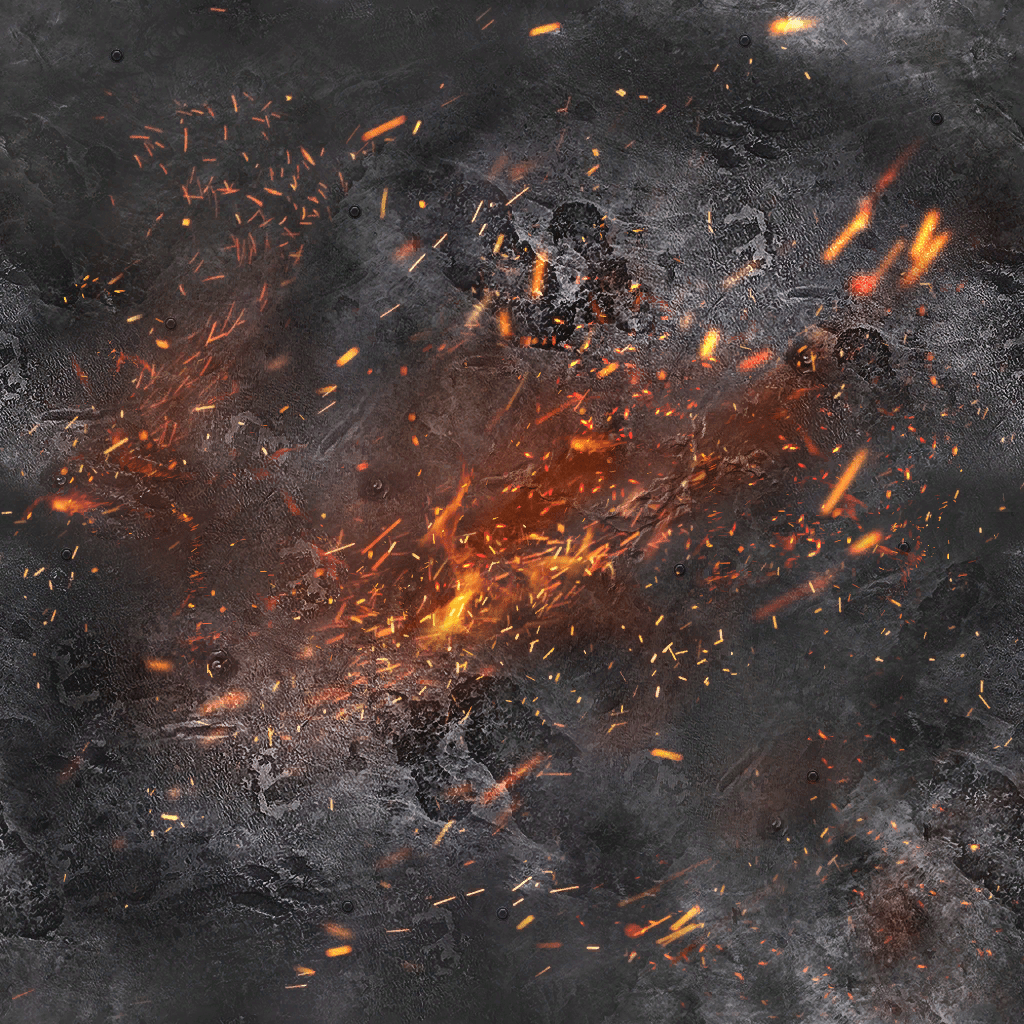
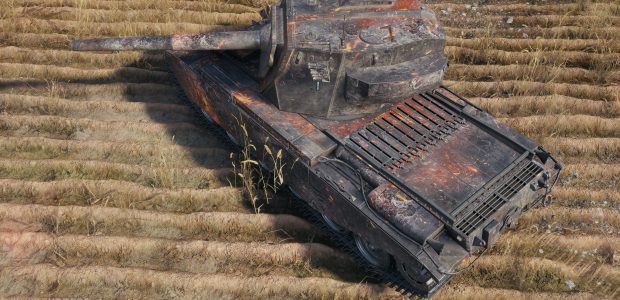
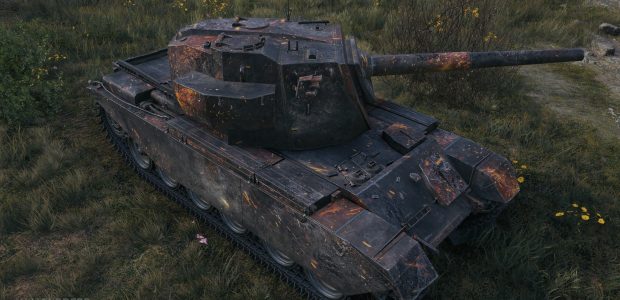
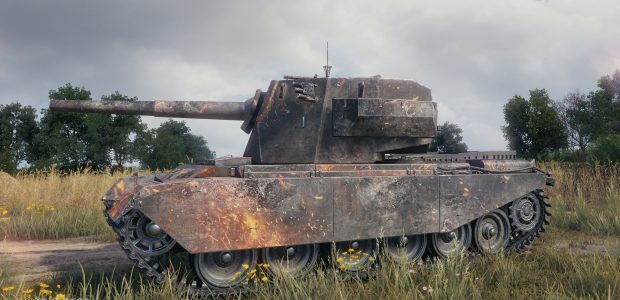

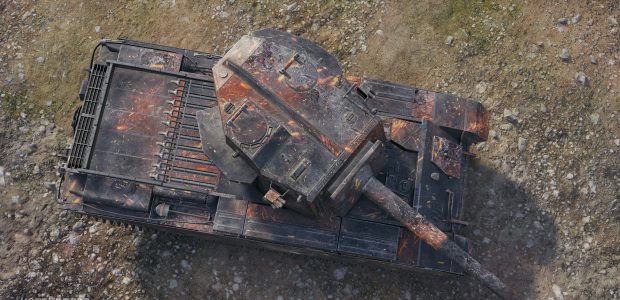

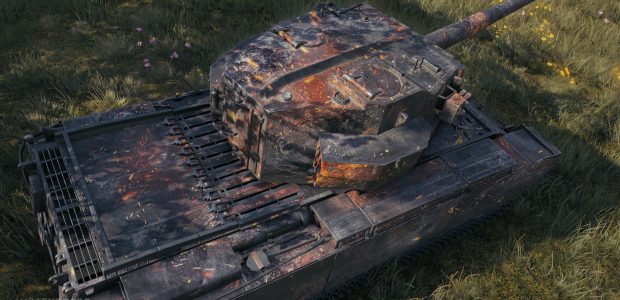
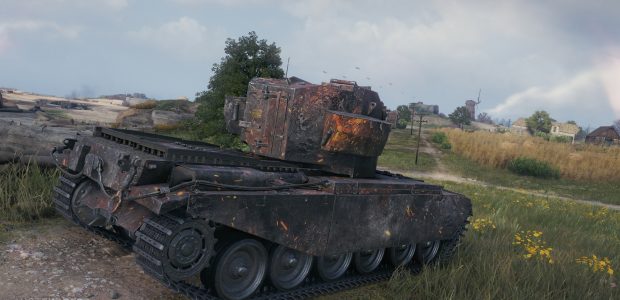
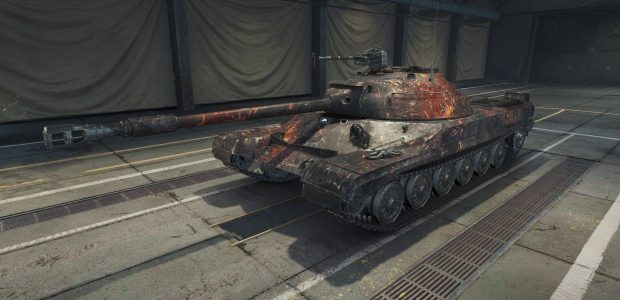
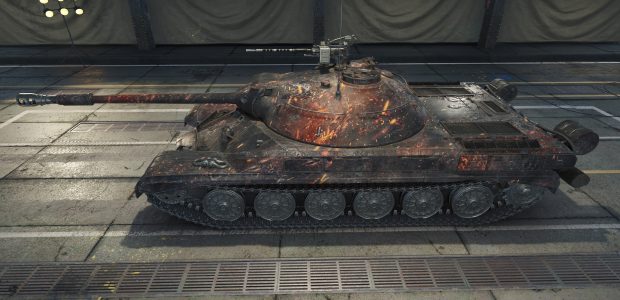
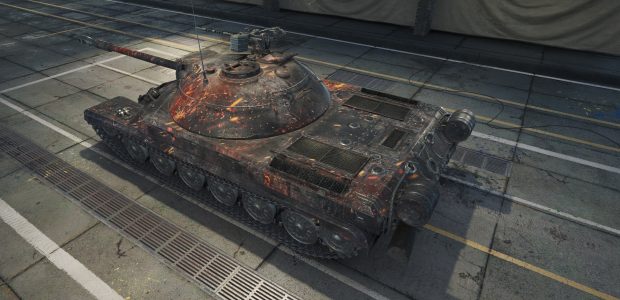
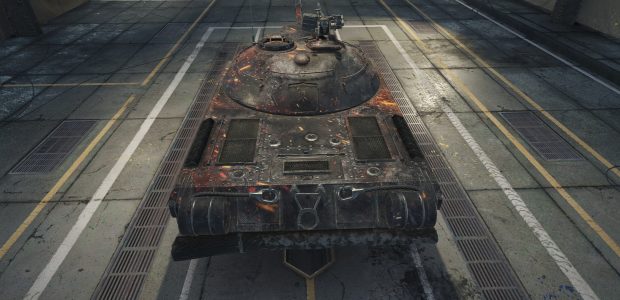
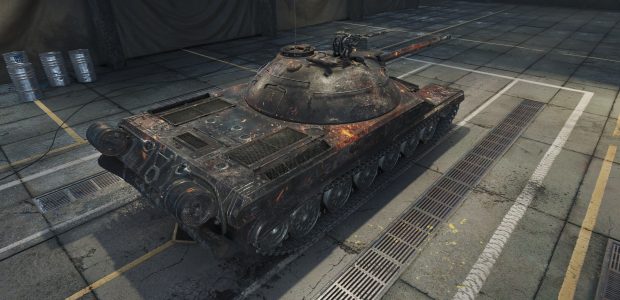
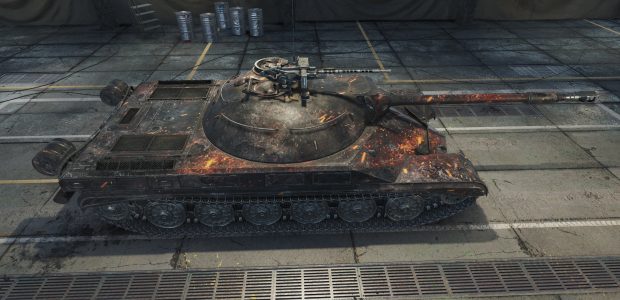
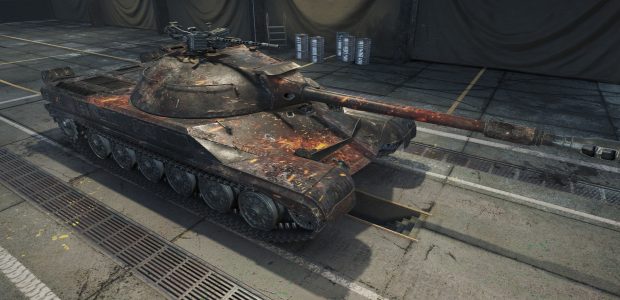
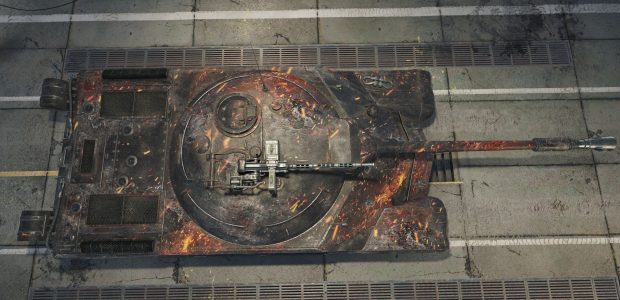
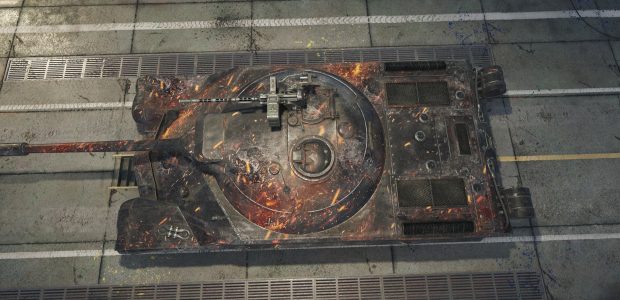
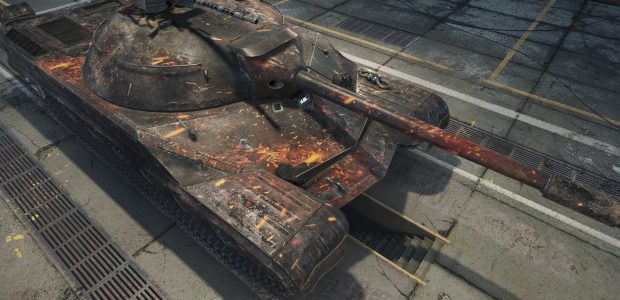
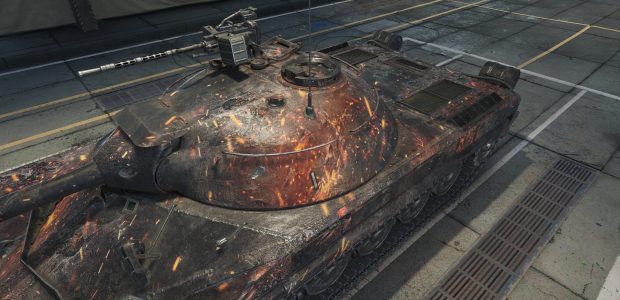

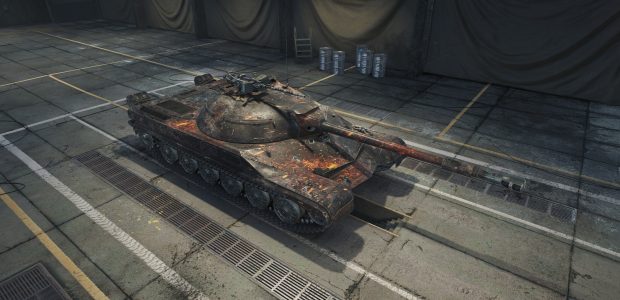
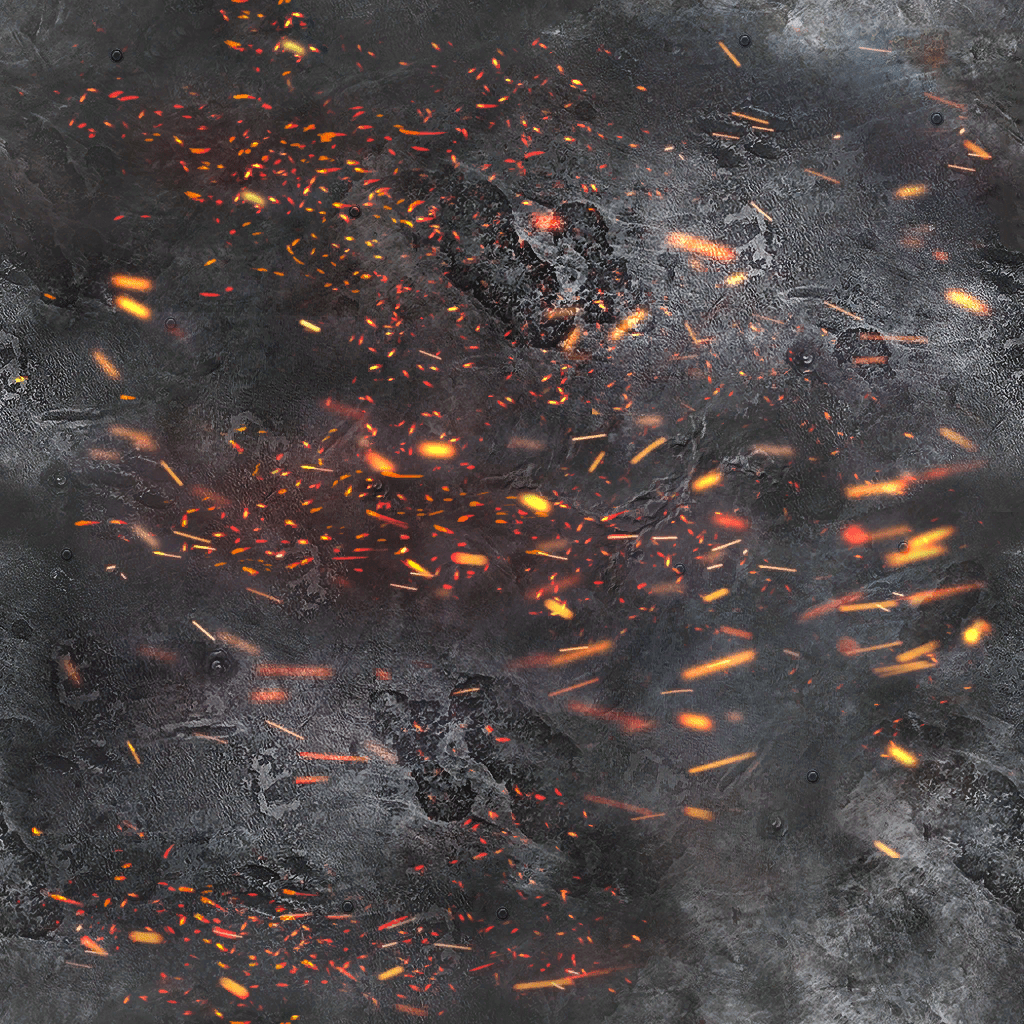
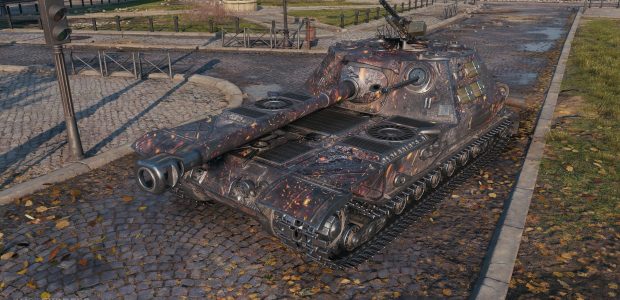
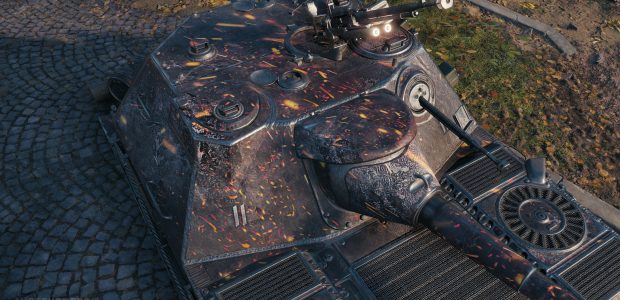
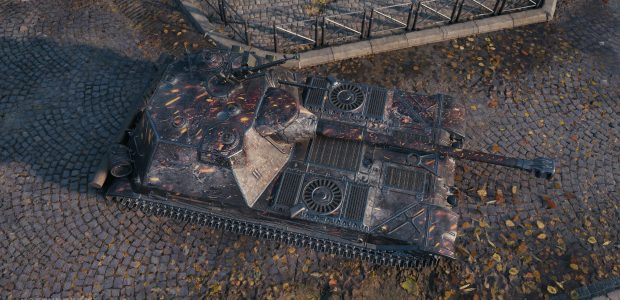

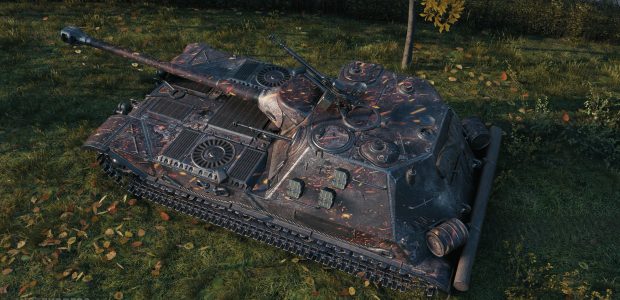
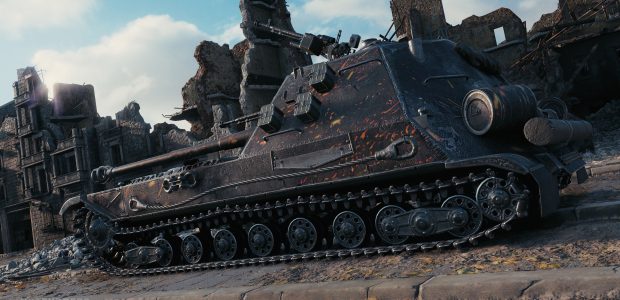


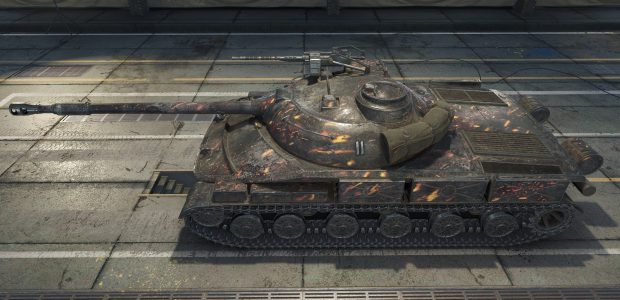
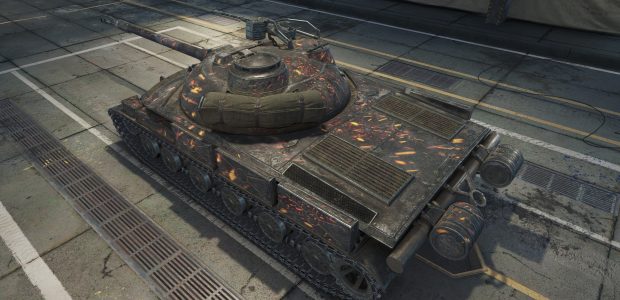
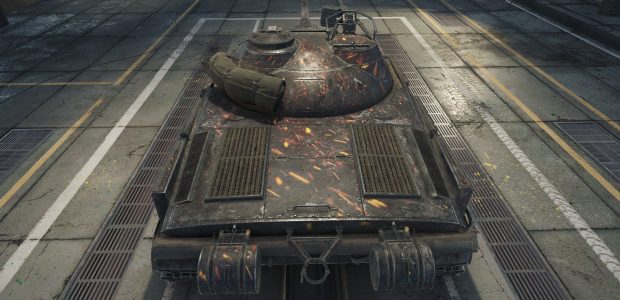
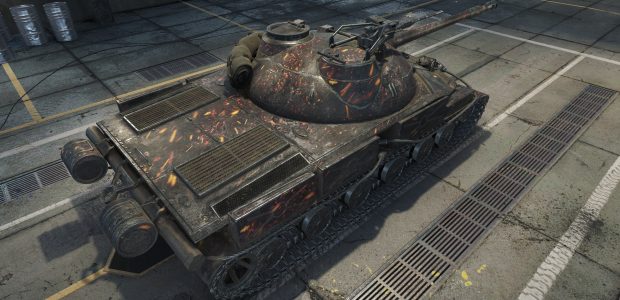
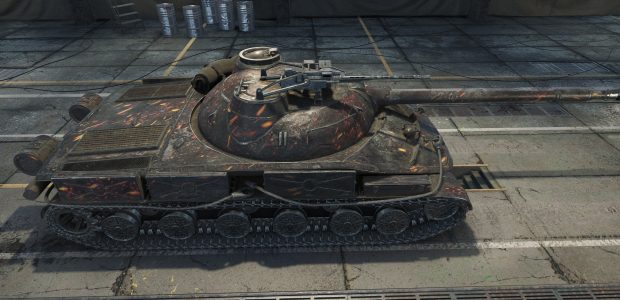

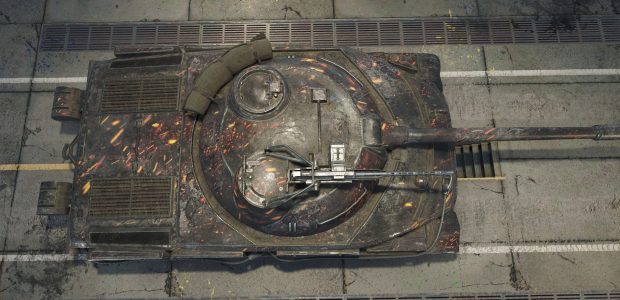
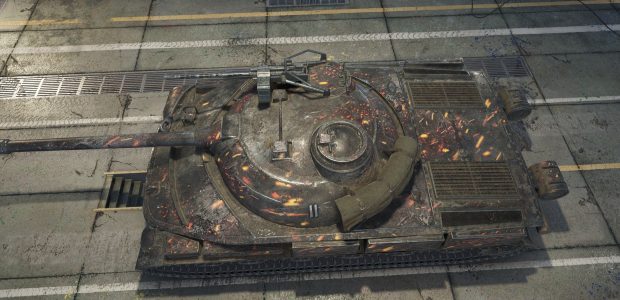
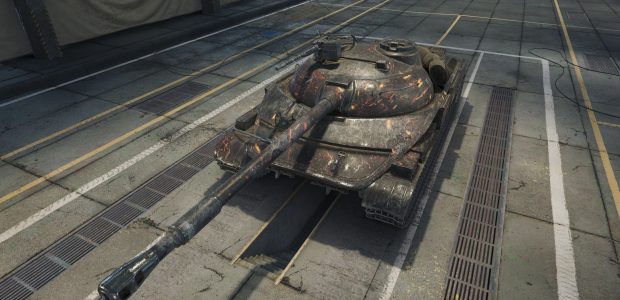
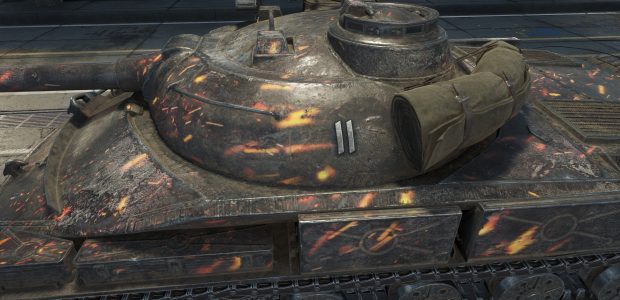
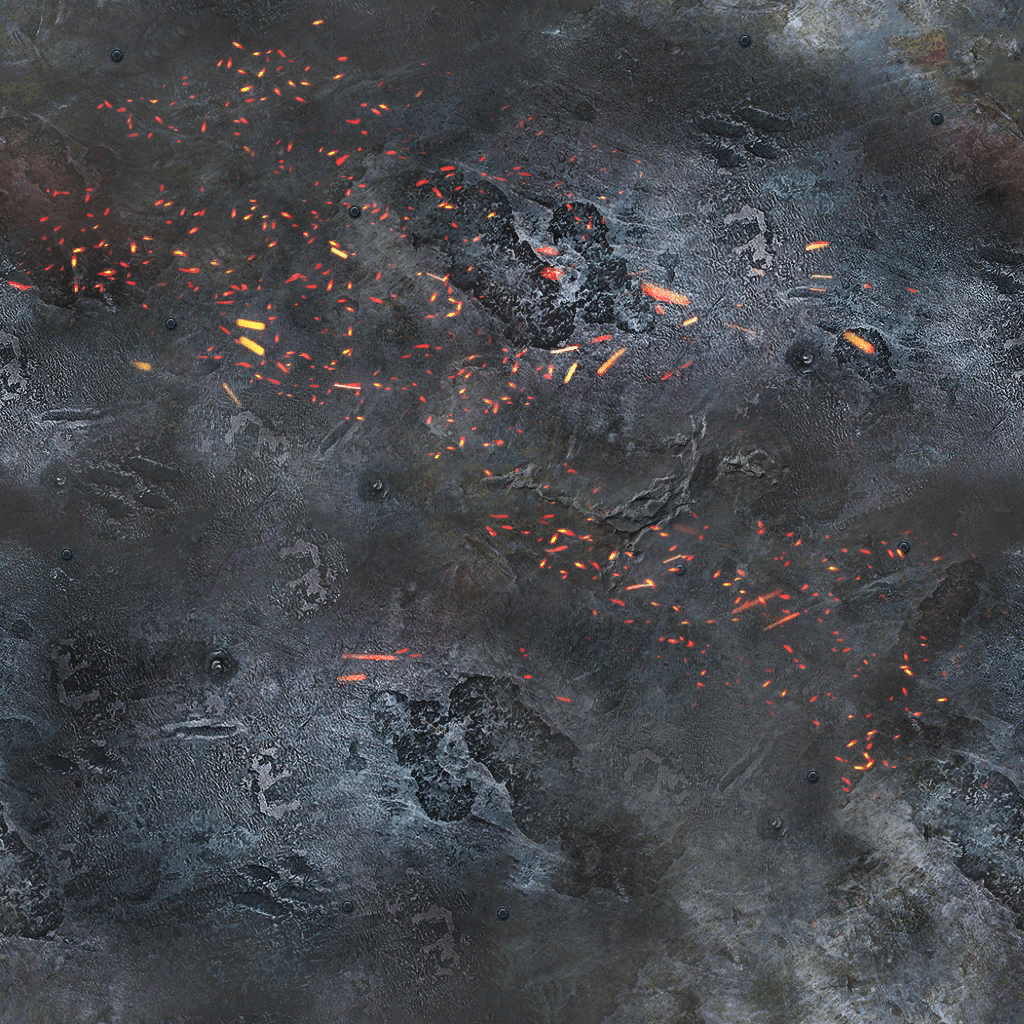
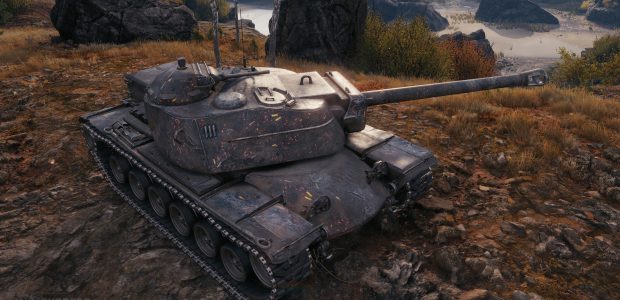
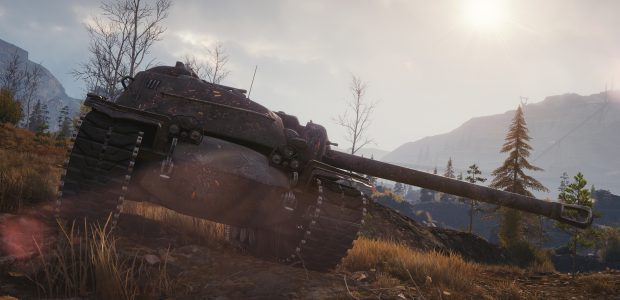
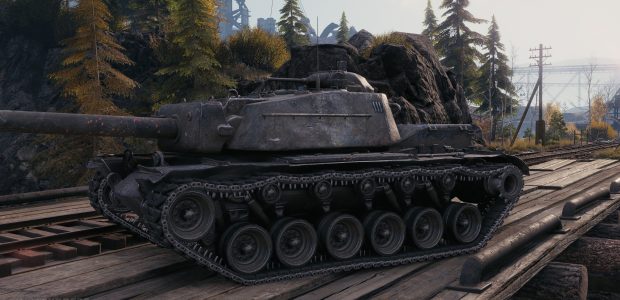
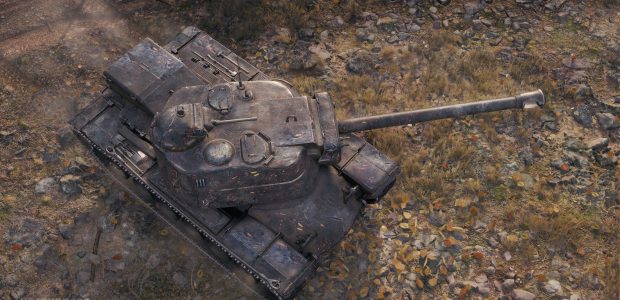
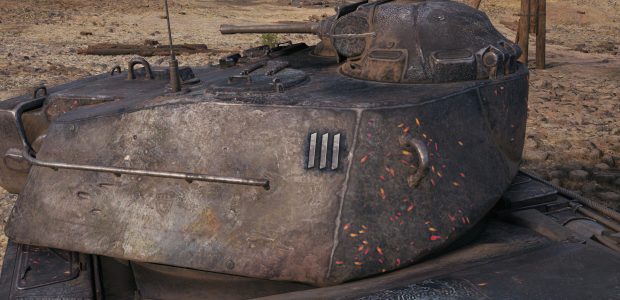
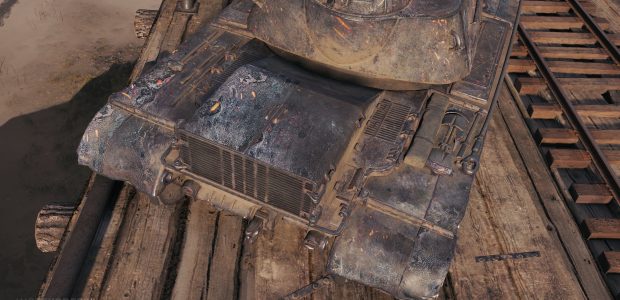
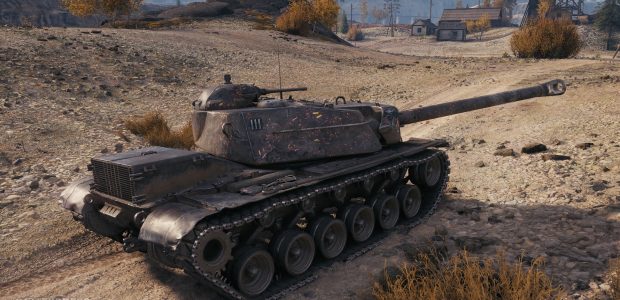
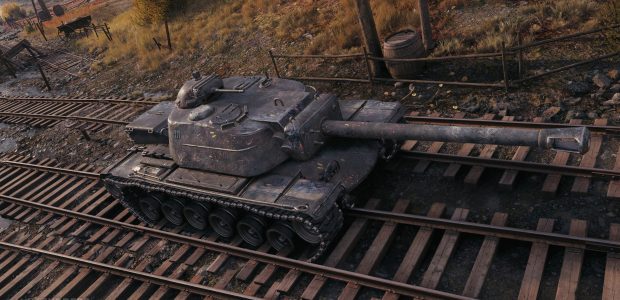
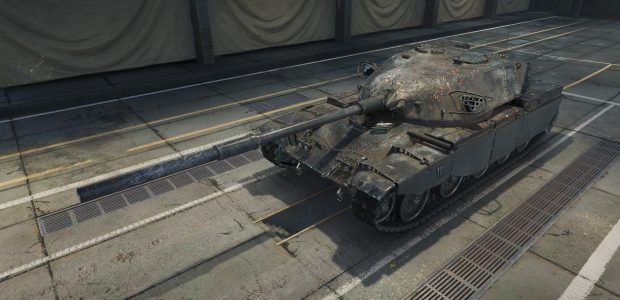
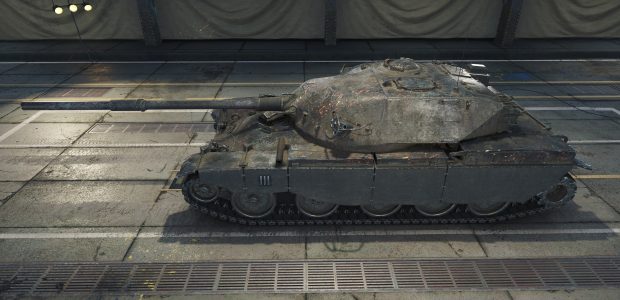
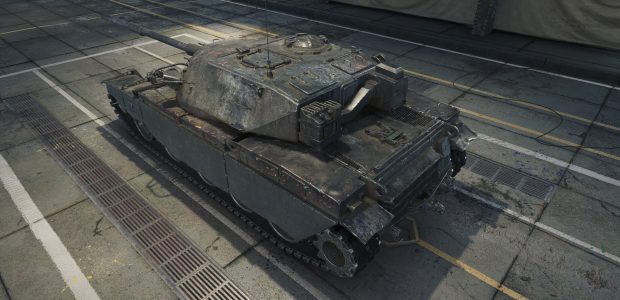
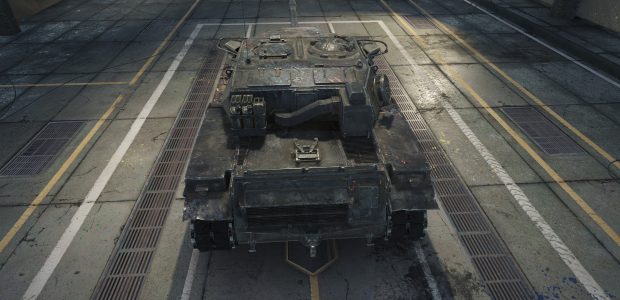
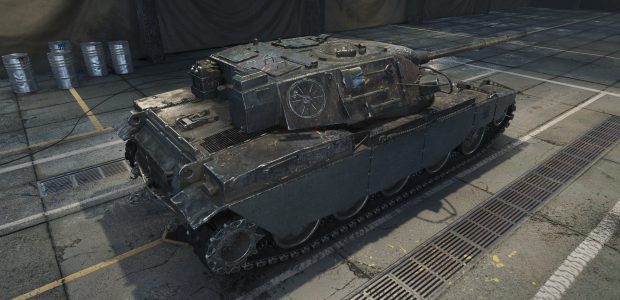
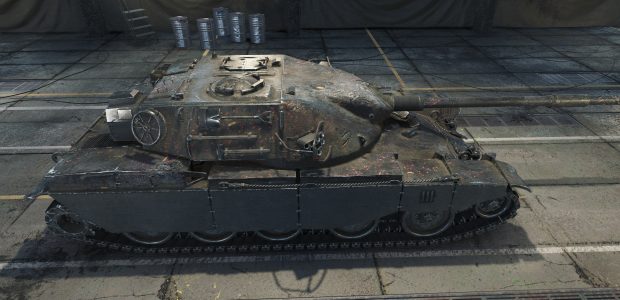

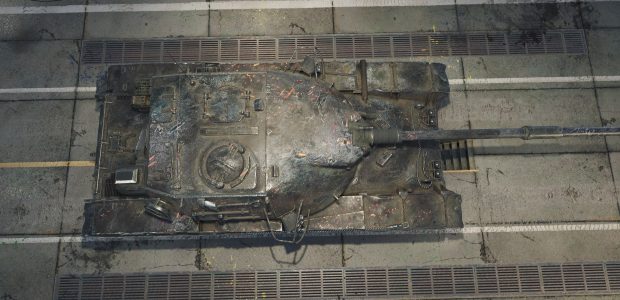
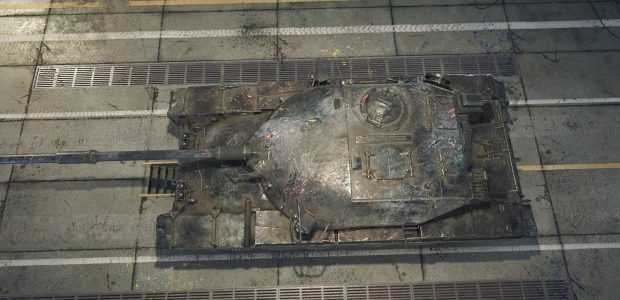
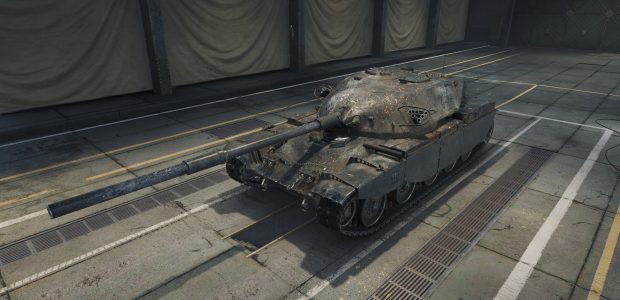
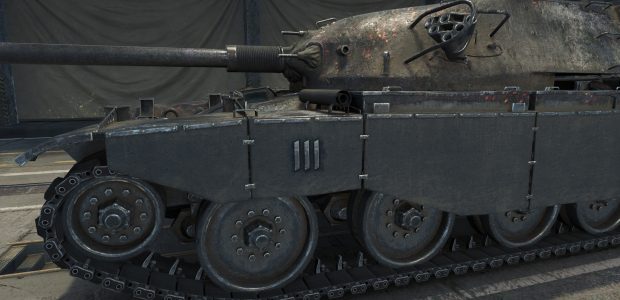










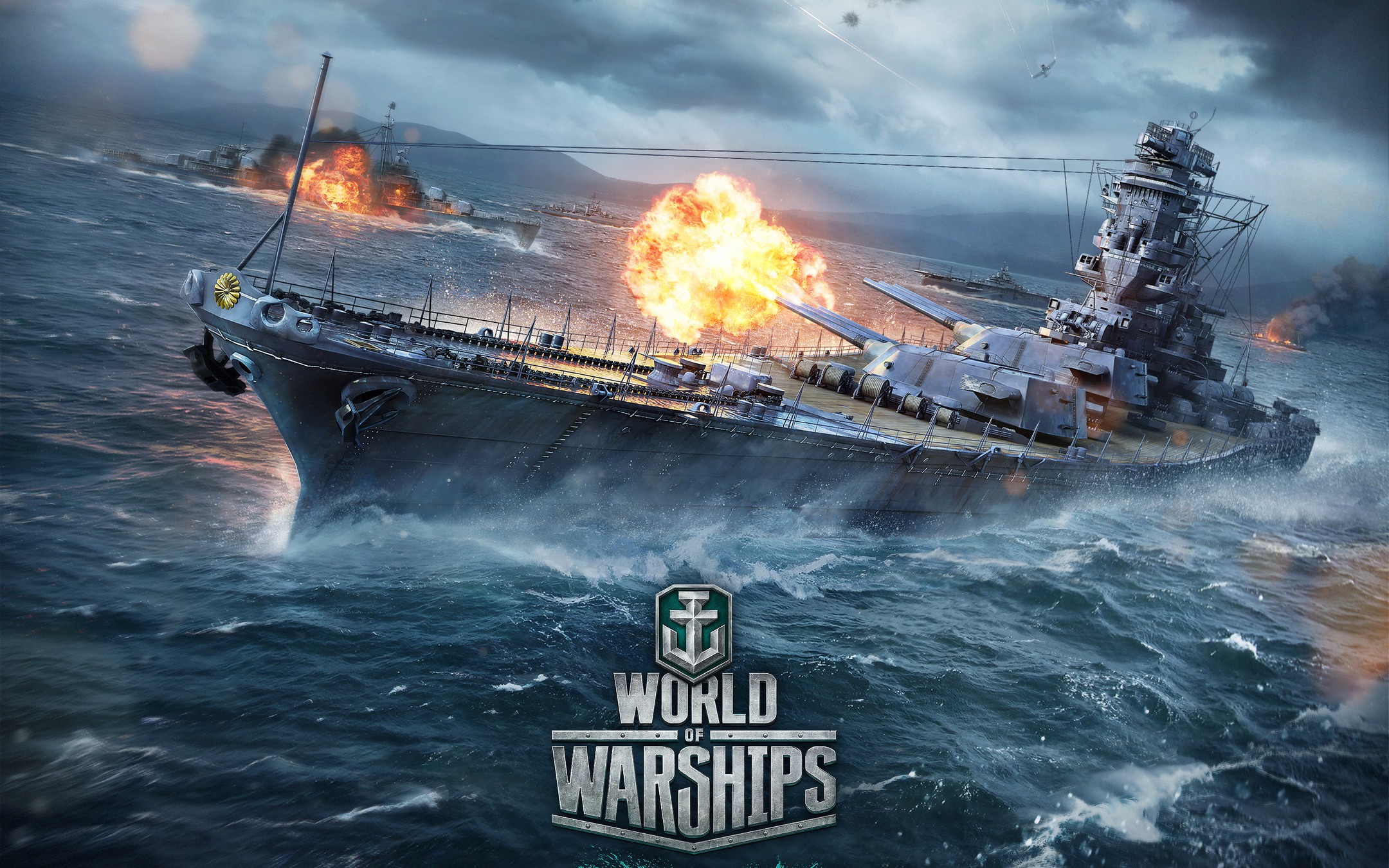


przepiękny